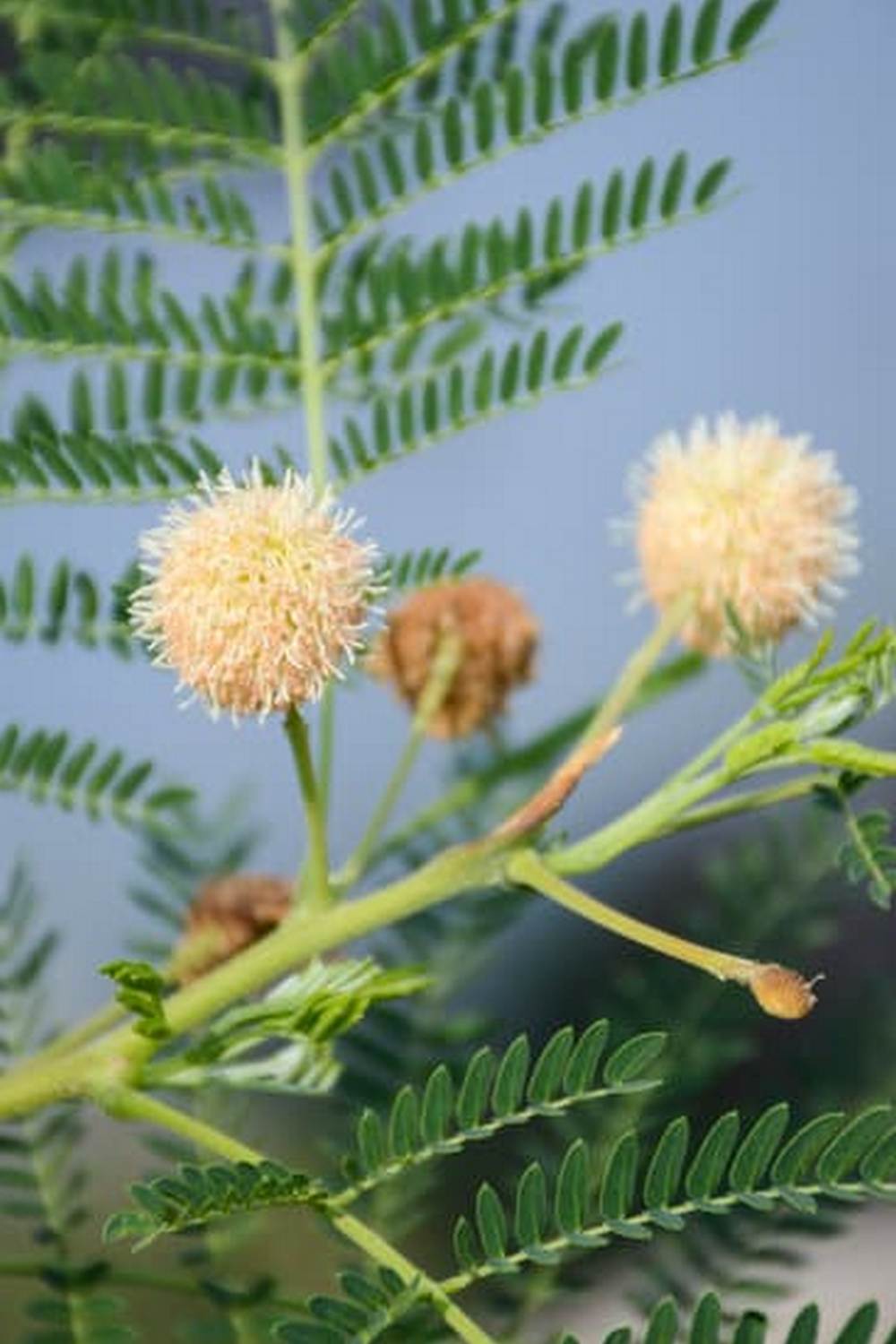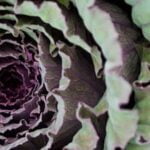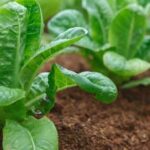Are you looking to start a vegetable garden in San Diego? With its year-round sunshine and ideal climate, gardening in San Diego is a rewarding and thriving activity. In this article, we will explore the vibrant gardening scene in San Diego and the diverse range of vegetables that can be successfully grown in the region. From tomatoes and peppers to leafy greens and cucumbers, there’s no shortage of options for those interested in cultivating their own fresh produce.
San Diego’s Mediterranean climate creates the perfect environment for growing a wide variety of vegetables. The abundance of sunshine, mild winters, and long growing season make it possible to enjoy home-grown produce throughout the year. With access to fresh, locally-grown vegetables, gardening enthusiasts in San Diego can reap the benefits of their labor while supporting sustainable and healthy living.
In the following sections, we will delve into the benefits of gardening in San Diego, highlight the top vegetables that thrive in this region’s climate, discuss soil preparation and maintenance techniques, recommend irrigation methods for water-efficient practices, address common pests and diseases affecting vegetables in San Diego, offer a seasonal planting guide, and showcase local resources and events that support vegetable gardening.
Whether you’re an experienced gardener or just starting out, there’s something for everyone to learn about successful vegetable gardening in San Diego.
Benefits of Gardening in San Diego
Gardening in San Diego offers a multitude of benefits, making it an ideal location for cultivating a variety of vegetables. The region’s year-round sunshine and Mediterranean climate create the perfect conditions for successful vegetable gardening. With an average of over 260 sunny days per year, San Diego allows for extended growing seasons and abundant harvests. Additionally, the mild winters and warm summers provide an optimal environment for a wide range of vegetables to thrive.
One of the most significant advantages of gardening in San Diego is the access to fresh, locally-grown produce. By growing your own vegetables, you can ensure that you are consuming high-quality, organic produce that is free from harmful pesticides and chemicals. This not only promotes healthier eating habits but also reduces your carbon footprint by minimizing the transportation and packaging associated with store-bought produce.
Furthermore, gardening in San Diego provides an opportunity to connect with nature and engage in a sustainable and environmentally-friendly practice. By growing your own vegetables, you are contributing to a greener community and reducing overall food waste. Additionally, tending to a garden can be therapeutic and rewarding, offering mental and emotional wellness benefits.
- Access to fresh, organic produce
- Promotes sustainable and environmentally-friendly practices
- Therapeutic and rewarding experience
Best Vegetables for San Diego
When it comes to gardening in San Diego, there are numerous vegetables that thrive in the region’s Mediterranean climate. Whether you have limited space for a small backyard garden or ample room for a larger vegetable plot, San Diego offers the perfect environment for growing a wide array of delicious and nutritious veggies.
Tomatoes
Tomatoes are perhaps one of the most popular vegetables to grow in San Diego. With plenty of sunshine and warm temperatures, San Diego provides an ideal setting for tomatoes to flourish. From sweet cherry tomatoes to juicy beefsteak varieties, there are numerous options to choose from when selecting tomato plants for your garden. Additionally, San Diego’s extended growing season allows for successive plantings of tomatoes throughout the year, resulting in a continuous harvest of fresh, flavorful fruits.
Peppers
Another vegetable that thrives in San Diego’s climate is peppers. Whether you prefer bell peppers for stuffing and grilling or spicy chili peppers for adding heat to your favorite dishes, peppers are well-suited to the warm and sunny conditions of San Diego. With proper care and attention, pepper plants can produce an abundant yield of vibrant and crunchy peppers that are perfect for snacking, cooking, and preserving.
Cucumbers and Leafy Greens
Cucumbers and leafy greens also do exceptionally well in San Diego’s Mediterranean climate. From crisp and refreshing cucumbers to nutrient-packed spinach, kale, and lettuce, these vegetables can be grown successfully throughout much of the year in San Diego. With the right soil preparation, watering schedule, and pest management techniques, you can enjoy a bountiful harvest of cucumbers and leafy greens from your very own garden.
Overall,
Soil Preparation and Maintenance
San Diego’s Mediterranean climate provides an excellent environment for growing a wide variety of vegetables. However, successful vegetable gardening in San Diego begins with proper soil preparation and maintenance. The region’s sandy and clay-like soils can present challenges, but with the right techniques, gardeners can create optimal conditions for their crops to thrive.
One essential step in preparing the soil for vegetable gardening in San Diego is to improve its structure and fertility. Amending the soil with organic matter, such as compost or well-rotted manure, can help improve its texture, drainage, and nutrient content. This is particularly important in San Diego’s drier inland areas where the soil tends to be more compacted.
In addition to adding organic matter, it’s important to test the soil’s pH levels and make any necessary adjustments. Most vegetables prefer a slightly acidic soil with a pH ranging from 6.0 to 7.0.
Lime can be added to raise the pH if the soil is too acidic, while sulfur can be used to lower the pH if it is too alkaline. By ensuring the soil’s pH levels are within the ideal range for vegetable growth, gardeners can set their crops up for success.
An important consideration for maintaining healthy soil in San Diego is mulching. Applying a layer of mulch around vegetable plants helps retain moisture, suppresses weed growth, moderates soil temperature, and gradually adds organic matter as it breaks down. Commonly used mulches include straw, wood chips, and shredded leaves. Proper mulching not only supports healthy plant growth but also contributes to overall water efficiency – an important factor given San Diego’s semi-arid climate.
| Soil Preparation Techniques | Maintenance Tips |
|---|---|
| Amend soil with organic matter (compost or manure) | Regularly test soil pH levels |
| Improve texture and drainage | Apply mulch around vegetable plants |
Watering and Irrigation
When it comes to successful vegetable gardening in San Diego, proper watering and irrigation are essential components for ensuring healthy plant growth and bountiful yields. The Mediterranean climate of San Diego, characterized by mild, wet winters and warm, dry summers, presents unique challenges for gardeners, making it crucial to implement water-efficient practices.
Understanding Water Needs
One of the key factors to consider when watering vegetable gardens in San Diego is understanding the specific water needs of different crops. While some vegetables may require more frequent watering, others are more drought-tolerant. By researching the water requirements of each type of vegetable and customizing your irrigation schedule accordingly, you can maximize water efficiency and reduce waste.
Choosing the Right Irrigation System
In order to meet the watering needs of vegetable gardens while conserving water, utilizing an appropriate irrigation system is paramount. Drip irrigation is a popular choice among San Diego gardeners due to its precision watering capabilities and minimal water loss through evaporation. Additionally, using mulch around plants can help retain soil moisture and reduce the frequency of irrigation.
Water-Efficient Practices
To further promote water conservation in vegetable gardening, adopting water-efficient practices can make a significant difference. This includes collecting rainwater for use in the garden, grouping plants with similar water needs together, and regularly monitoring soil moisture levels to avoid overwatering. By implementing these strategies, gardeners can sustainably manage their water usage while nurturing thriving vegetable crops.
By prioritizing proper watering and irrigation methods tailored to the unique conditions of San Diego’s climate, gardeners can cultivate flourishing vegetable gardens while also contributing to sustainable resource management within their communities.
Pest and Disease Management
Gardening in San Diego offers a plethora of benefits, including the opportunity to grow a wide variety of vegetables in its Mediterranean climate. However, like any other region, San Diego is also susceptible to pests and diseases that can affect vegetable crops. It is essential for gardeners to be aware of these potential challenges and be proactive in preventing and managing them to ensure successful harvests.
One of the most common pests that affect vegetable gardens in San Diego is the aphid. Aphids are small insects that feed on plant juices, causing damage to the leaves and stems of vegetable plants. To prevent aphid infestations, gardeners can introduce natural predators such as ladybugs or lacewings, or use insecticidal soaps that are safe for vegetable plants.
In addition to pests, vegetable crops in San Diego may also be vulnerable to certain diseases such as powdery mildew and verticillium wilt. Powdery mildew appears as a white powdery substance on the leaves of plants, while verticillium wilt causes wilting and yellowing of leaves. To prevent these diseases, it is important to choose disease-resistant varieties when planting vegetables and practice proper spacing between plants for adequate air circulation.
| Pest/Disease | Prevention/Control Solutions |
|---|---|
| Aphids | Introduce natural predators such as ladybugs or lacewings; use insecticidal soaps |
| Powdery Mildew | Choose disease-resistant varieties; practice proper plant spacing for air circulation; apply neem oil or potassium bicarbonate sprays |
| Verticillium Wilt | Choose resistant varieties; implement crop rotation; maintain healthy soil through organic amendments |
By being knowledgeable about the potential threats to their vegetable crops and employing natural and organic methods for prevention and control, gardeners in San Diego can cultivate thriving gardens while minimizing the need for chemical intervention.
Seasonal Planting Guide
San Diego’s Mediterranean climate provides the perfect environment for growing a wide variety of vegetables throughout the year. With its mild winters and long, sunny days, San Diego is an ideal location for gardeners to cultivate their favorite produce. When it comes to seasonal planting in San Diego, knowing the recommended planting times for various vegetable crops is key to a successful harvest.
In the spring, San Diego gardeners can start planting warm-season vegetables such as tomatoes, peppers, cucumbers, and squash. These crops thrive in the region’s warm climate and will produce bountiful yields during the summer months. Additionally, leafy greens like lettuce, spinach, and kale can also be planted in early spring before the weather heats up too much.
As summer transitions into fall, San Diego gardeners can continue to plant heat-loving vegetables for a late-season harvest. Some recommended vegetables for fall planting include carrots, radishes, beets, and various herbs like cilantro and parsley. These cool-season crops will flourish in the mild autumn temperatures and provide fresh produce well into winter.
During the mild winters in San Diego, gardeners can still enjoy a harvest by planting cold-season vegetables such as broccoli, Brussels sprouts, cauliflower, and peas. These hardy crops are well-suited to San Diego’s winter conditions and can withstand light frost. With careful planning and attention to seasonal planting times, San Diego gardeners can enjoy a year-round bounty of fresh vegetables from their gardens.
Community Resources and Events
In conclusion, San Diego offers a thriving environment for vegetable gardening, with its year-round sunshine and ideal Mediterranean climate. The diverse range of vegetables that can be successfully grown in the region provides an opportunity for residents to access fresh, locally-grown produce and enjoy the benefits of gardening. From tomatoes and peppers to cucumbers and leafy greens, there are numerous options for individuals interested in starting their own vegetable garden in San Diego.
Furthermore, with proper soil preparation and maintenance, as well as efficient watering and irrigation methods, residents can ensure the success of their vegetable gardens. By addressing common pests and diseases through natural and organic solutions, gardeners can overcome challenges and maintain healthy crops throughout the year. Additionally, San Diego offers a wealth of community resources, including local farmer’s markets, community gardens, and gardening workshops, which provide valuable support and opportunities for individuals to connect with other gardening enthusiasts.
Overall, the vibrant gardening scene in San Diego promotes a sustainable and healthy lifestyle through vegetable gardening. With the right knowledge and resources available throughout the community, residents have the chance to experience the joys of growing their own produce while contributing to the local agricultural landscape. Whether it’s attending a gardening workshop or visiting a farmer’s market, there are plenty of opportunities for individuals to engage in vegetable gardening in San Diego and reap its many rewards.
Frequently Asked Questions
What Vegetables Are Easy to Grow in San Diego?
San Diego’s mild climate makes it ideal for growing a variety of vegetables. Some easy-to-grow options include tomatoes, zucchini, peppers, and leafy greens like lettuce and spinach. These vegetables thrive in the region’s warm, sunny weather.
Can You Grow Vegetables Year-Round in San Diego?
Yes, you can grow vegetables year-round in San Diego due to its Mediterranean-like climate. With mild winters and long, dry summers, it’s possible to have continuous vegetable production without the typical limitations of colder climates.
What Zone Is San Diego CA in for Gardening?
San Diego falls within USDA hardiness zones 10a and 10b, which are characterized by mild winters and warm summers. This means that gardeners can enjoy a long growing season with minimal risk of frost damage to their plants. The city’s unique microclimates also offer opportunities for a wide range of gardening experiences within the same area.

If you’re looking to get into vegetable gardening, or are just looking for some tips on how to make your current garden better, then you’ve come to the right place! My name is Ethel and I have been gardening for years. In this blog, I’m going to share with you some of my best tips on how to create a successful vegetable garden.





